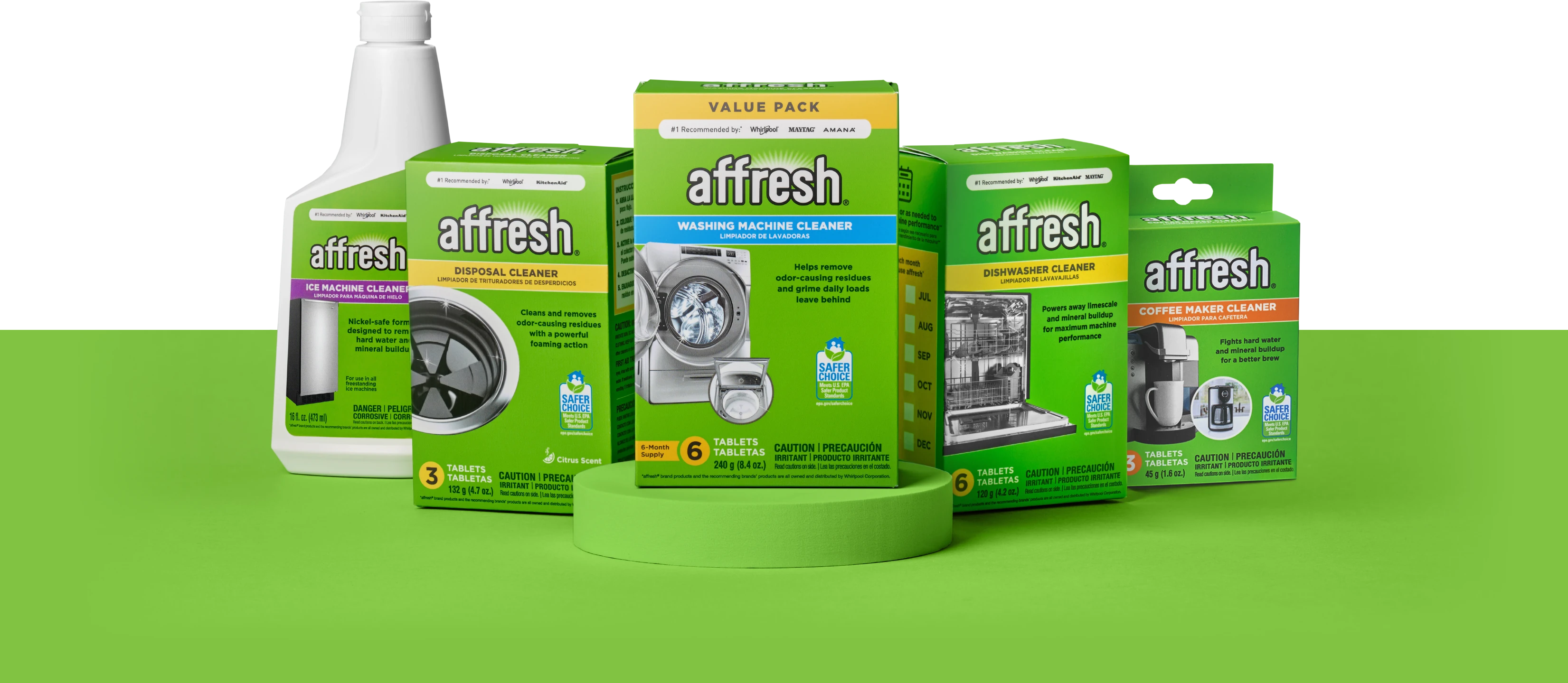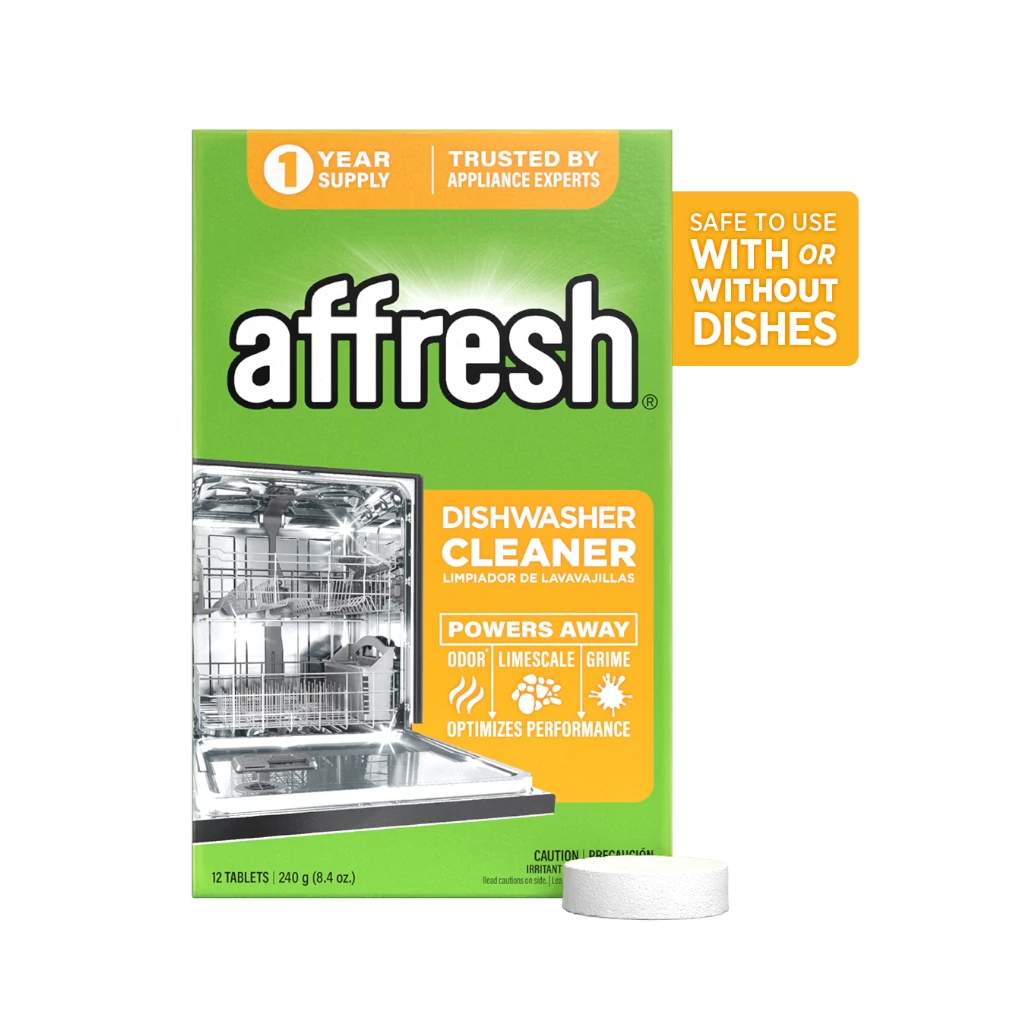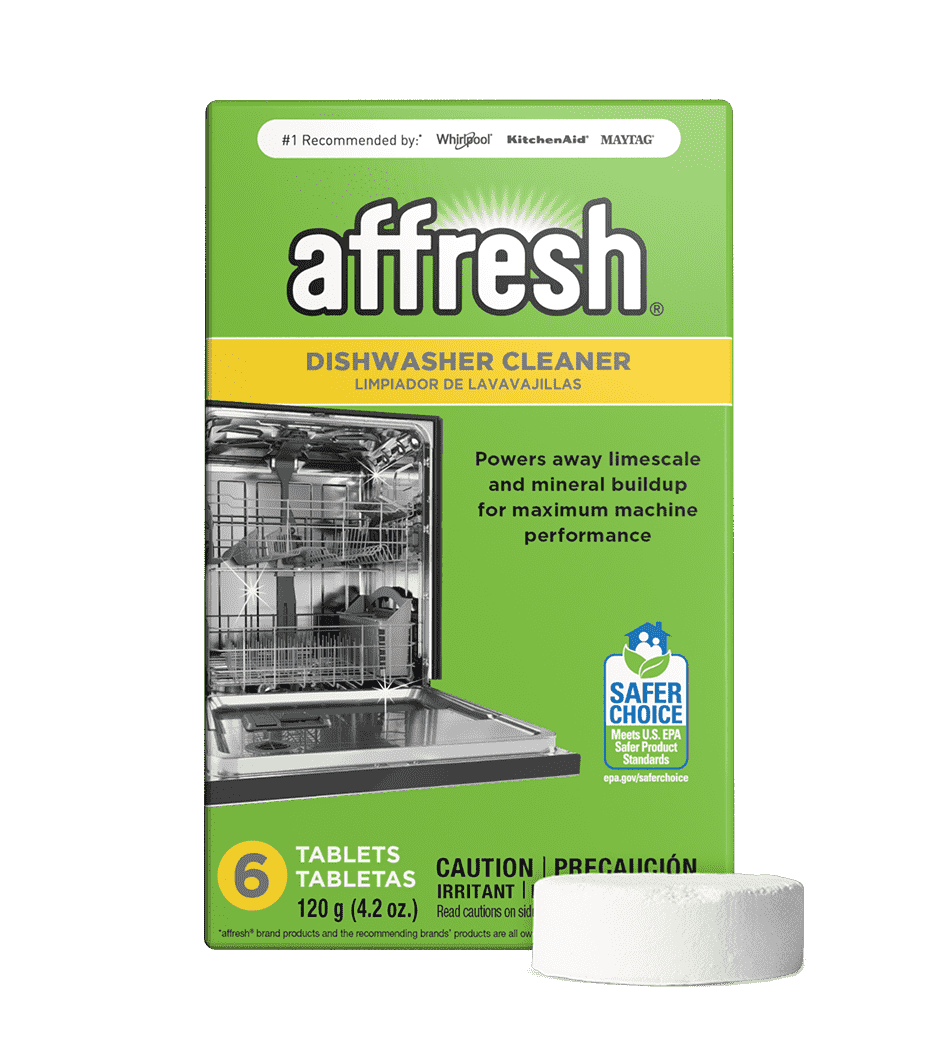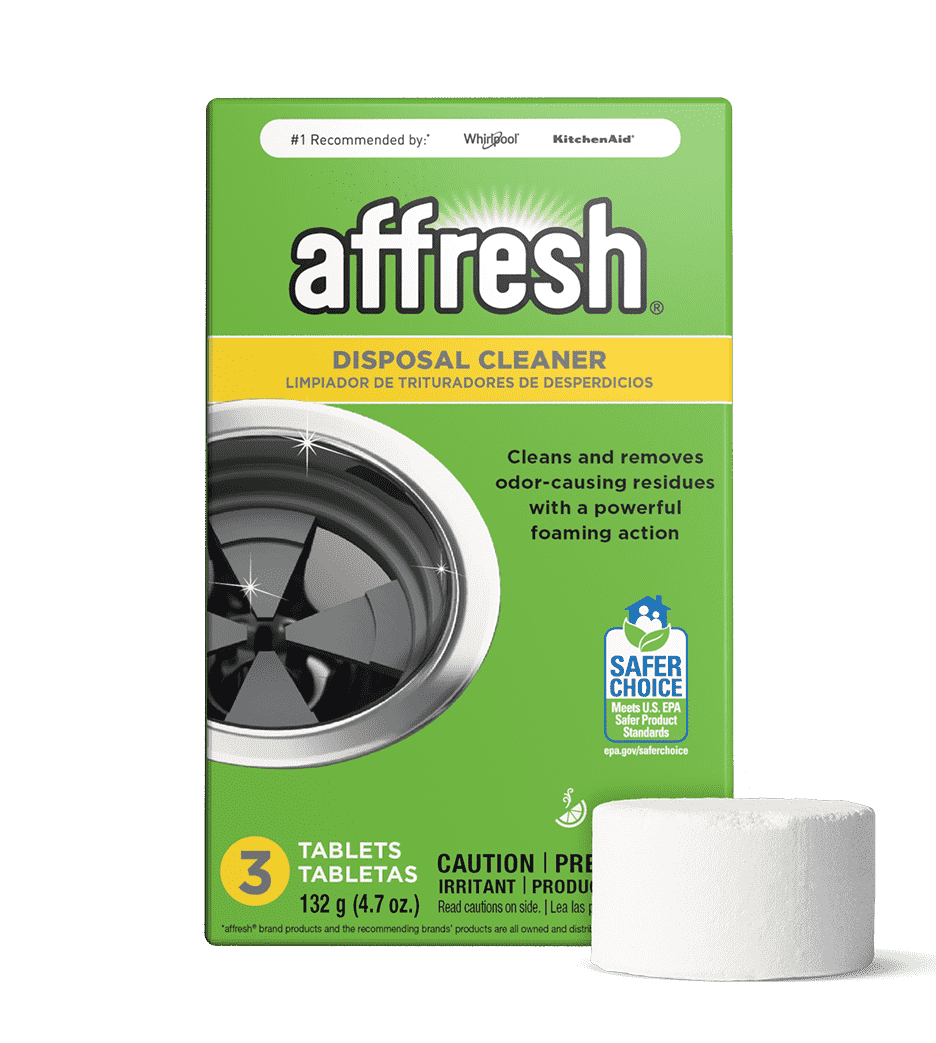
How To Clean a Front Load Washer
Your laundry appliances work hard to keep your clothes clean and fresh. That’s why it’s important to clean them regularly as part of routine maintenance. But when it comes to front load washing machines, it’s critical to follow the correct steps to make sure that every element of the appliance is properly cared for. If you’re not sure where to get started, our guide will walk you through the process.
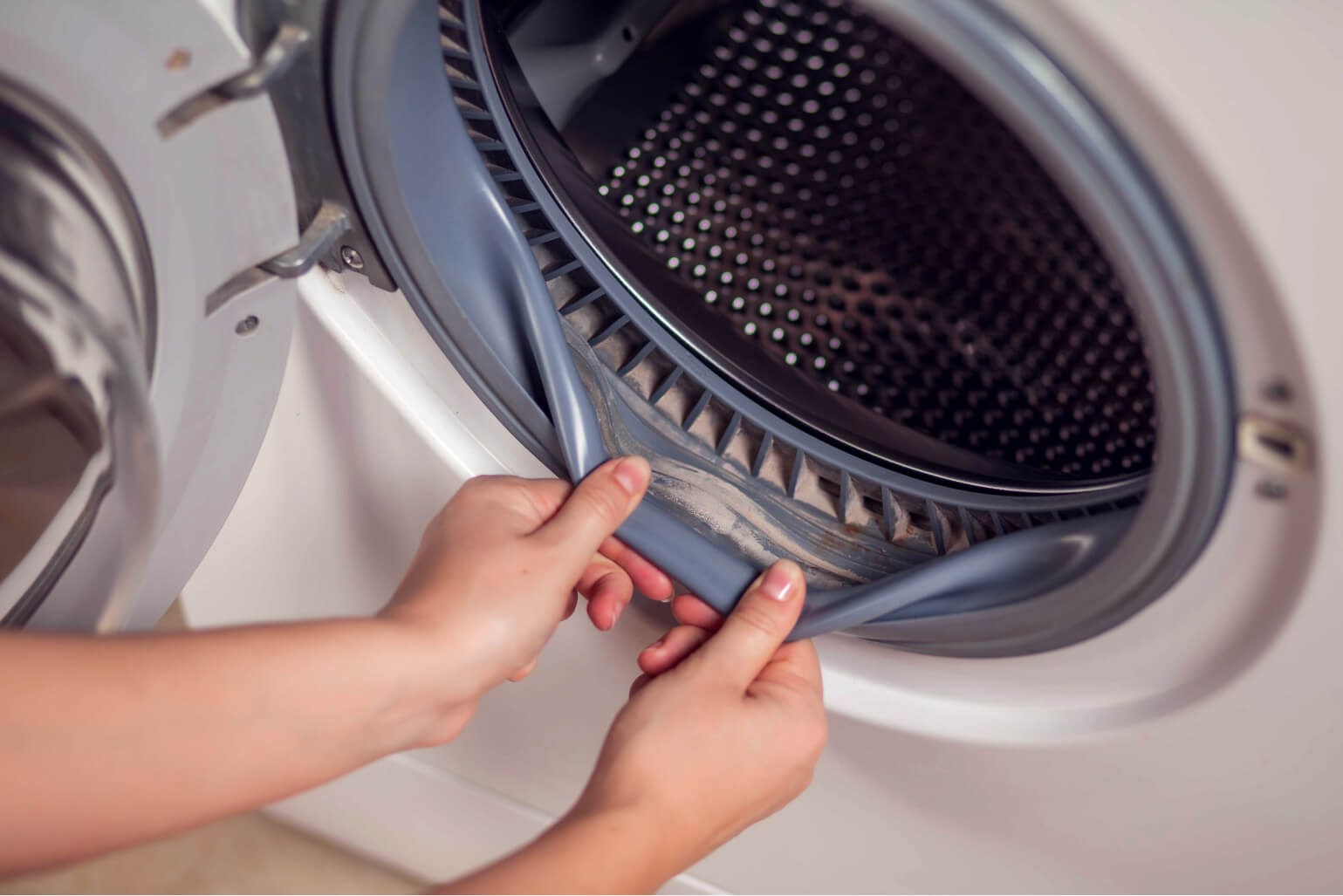
Why Should I Clean My Front Load Washing Machine?
Cleaning your washing machine is important for maintaining the health and performance of this hardworking appliance. If your front load washer smells bad, it may be due to buildup in the parts of your appliance you can’t reach.
Front load washers use less water, which can cause residue from detergent to build up over time. This residue can collect under the door gasket and other areas, creating an environment for mold and mildew to grow. Regular cleaning removes this residue, which can help your appliance last longer.
How Often Should I Clean My Front Load Washing Machine?
It’s recommended to clean your front load washer once a month or every 30 cycles, whichever comes first. This regular maintenance helps minimize buildup both in and around the wash drum and in areas of the washer you can’t access, such as drainage pumps, hoses and other components.
It’s also good to establish a deep cleaning schedule for your appliance once every few months or after heavy use, around 30 cycles.
How to Deep Clean My Front Load Washer
Deep cleaning your front load washer is a fairly simple process that can be accomplished with basic tools and supplies. The guide below will take you through each step in the process.
While cleaning your washer with a DIY solution is possible, many manufacturers recommend using washing machine cleaning solutions like affresh® washing machine cleaner. The ingredients in these cleaning tablets are formulated to break up detergent residue and hard water minerals so they can be rinsed away.
Supplies
- Affresh® washing machine cleaner
- Vinegar
- Baking soda
- Bleach
- Hot, soapy water
Tools
- Soft, clean cloth
- Spray bottle
- Toothbrush
- Screwdriver
- Bucket
- Towels
- Plumbing snake

Step 1: Remove debris from washer
Open the door of your washer and check the drum for visible debris like buttons, coins, hair, tissues or lint. Remove these items from the drum, then pull back the rubber gasket to check the area between the drum and the front of your appliance. Remove visible debris from this area as well.
Step 2: Wipe down the washing machine gasket
Use a spray bottle full of a mix of hot water and low sudsing cleaning solution to spray down the door gasket, then wipe it down with a soft cloth. Continue this process until detergent buildup and mildew are removed. If mold is present, scrub it with an old toothbrush dipped in a 10% bleach solution.
Step 3: Run a Clean Washer cycle
Place washing machine cleaner into your washer according to the package instructions, then select a Clean Washer cycle on the washer’s control panel. Let the cycle run until it is complete.
If you are out of affresh® washing machine cleaner, you can use liquid chlorine bleach. Pour bleach into the detergent dispenser, then run the hot water wash cycle.
Step 4: Clean the soap dispenser on your front load washer
Remove the dispenser drawer from the washing machine. Rinse it under warm water, then wipe it down with a soft, wet cloth. (An old toothbrush can be used to scrub crevices.) The drawer cavity should also be cleaned. Wipe all walls, including the cavity ceiling, with cleaning solution and a soft cloth. Follow up with a rinse and dry using another soft, damp cloth. Replace the detergent dispenser once it is thoroughly cleaned.

Step 5: Clean the drain filter
Unplug your washing machine, then remove the drain filter cover. Remove the filter by unscrewing it or gently prying it with a screwdriver, then wipe it down with a soft cloth or use a toothbrush to sweep away debris. Soak the filter in hot water for 10 minutes, then replace the filter and filter cover.
Step 6: Remove and snake the drain hose
Place a bucket and towels underneath the area where the washing machine drain hose attaches to the appliance. Use a screwdriver to loosen the clamp that holds the drain hose on, then remove the drain hose from the washing machine. Remove the other end of the drain hose from the drain pipe.
Ensure that the drain hose is fully detached, then snake the drain with a plumbing snake. Remove and clean the drain snake, then repeat the process until all clogs are removed. Reattach the drain hose to the washer and drain pipe, ensuring that the clamps are secure to prevent leaks.
Step 7: Wipe down the washing machine door and exterior
Wipe down the outside of the washing machine and control panel, as well as the outside of the washing machine door. Next, open the washing machine door and wipe down the inner glass. Close the door and plug the washing machine back in.
Can I Run Vinegar Through My Front Load Washer?
White vinegar is safe to use in your front load washing machine to help clean and deodorize. However, it may not remove all of the buildup that can stick to your washing machine drum, pump or drain. Most manufacturers recommend specially formulated washing machine cleaners to ensure that residue is swept away.
What Is The Best Cleaner For Rubber Seals on Washing Machines?
Harsh or abrasive cleaners should be avoided when cleaning washing machine door gaskets, as they can cause damage. Use hot, soapy water for regular cleaning or vinegar and baking soda to help deodorize. A 10% bleach solution can be used to remove mold.
Keep your laundry appliances clean with affresh® products
Whether you’re cleaning a front load washing machine or a countertop coffee maker, affresh® products can help you reach the parts of your appliance that you can’t see. Specially formulated to break down residue and hard water minerals, affresh® appliance cleaners are available for both kitchen and laundry appliances to help you get the job done.

